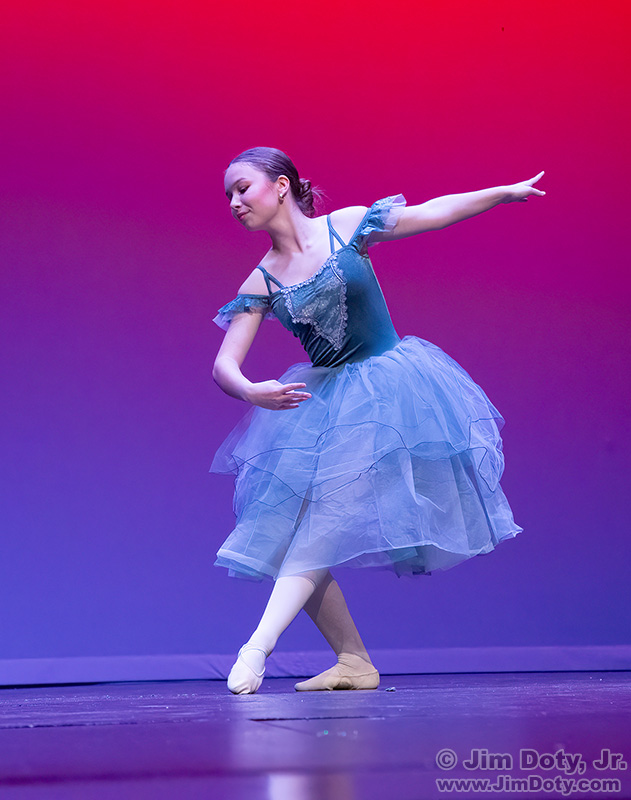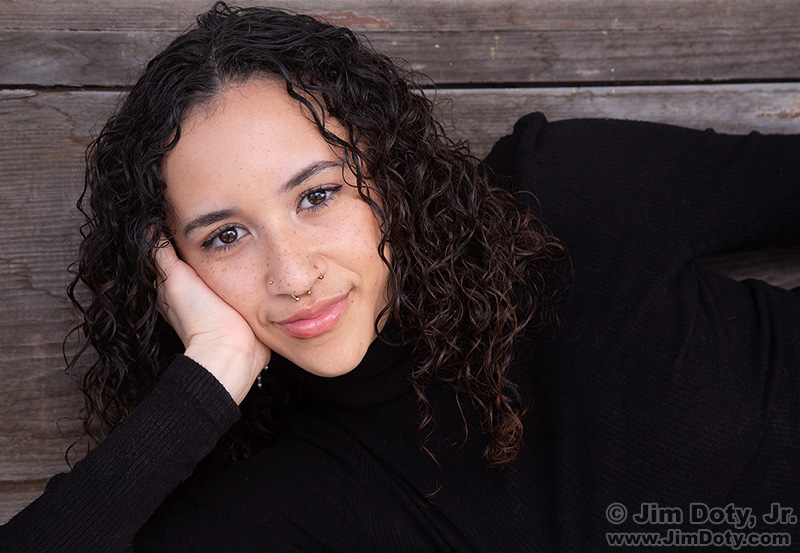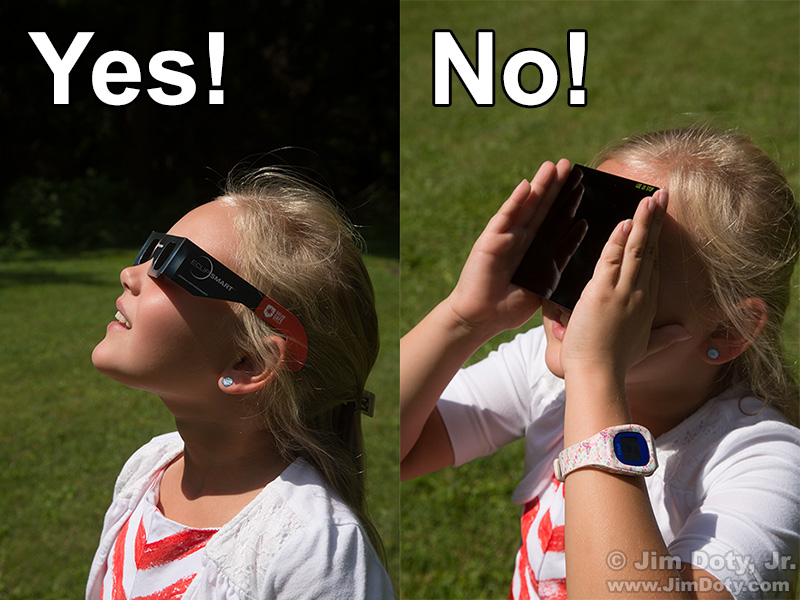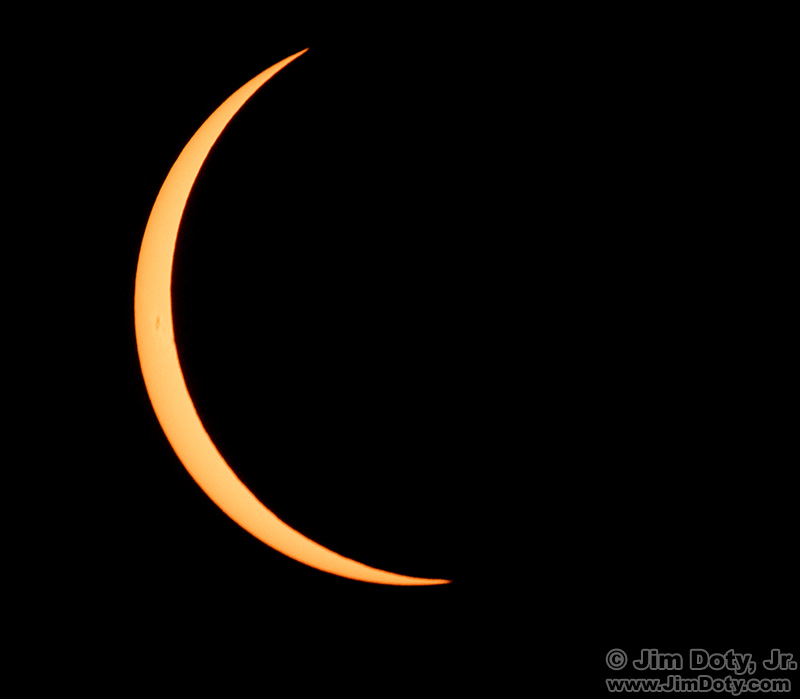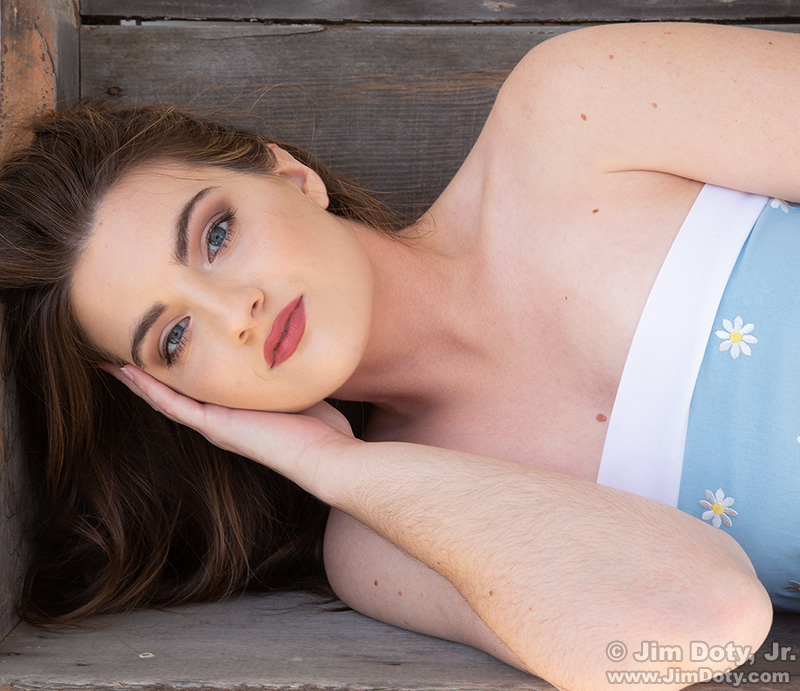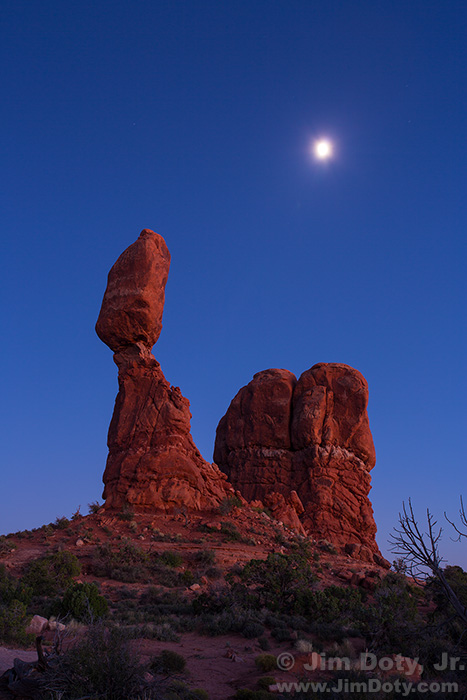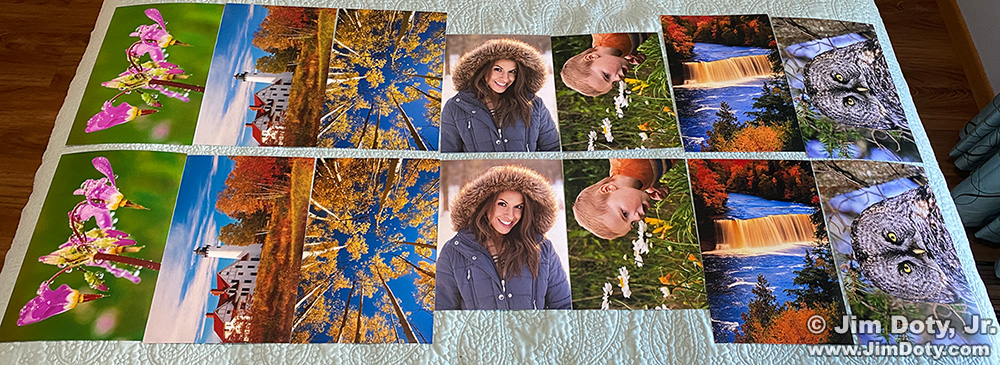The Northern Lights were spectacular last night in south central Iowa. The above image was my first click of the shutter. I was at Home Lake near Lamoni Iowa. When I arrived shortly after 10 pm, there were already a half dozen cars at the lake with people looking at the Northern Lights and many of them were taking pictures with every from smart phones and tablets to tripod mounted cameras. Tonight is predicted to be another great night. If you want to take pictures and need some advice, see the first link below. The other links are helpful too. Click any image in this article to see a larger version.
Author Archives: Jim
Living Arts Studios Dance Recital Photos – Spring 2024
Living Art Studios in Lamoni Iowa had its annual spring dance recital May 3 at the Shaw Auditorium, Graceland University. More photos follow. Click on any of the photos to see a larger version.
A Day in Southern Utah
I was on my way from Colorado to California and decided to drive across southern Utah. I had never been to the National Parks in Utah and wanted to see them. They are spectacular. If you love landscape photography and haven’t been to southern Utah, put a trip there high on your priority list. These photos were taken April 25, 2011.
Happy Birthday, John Muir!
Today is John Muir’s birthday! He was born April 21, 1838. He had a profound influence on how Americans viewed our wild lands and his influence led to the establishment of many of our National Parks and other protected lands. He was nicknamed “The Father of our National Parks”. Tomorrow, April 22, is also Earth Day, so I am combining the two in this article.
Here are photos from some of my favorite national and state parks along with quotes from John Muir.
Eye Close-ups
Before I process an image, I zoom in and check the eyes to make sure they are in focus. If they aren’t, it is not a usable image and I pick a different one.
Soleece – A 24 Minute Photo Shoot
What do you do if you have a minimal amount of shooting time? After meeting for the first time and discussing a number of portrait possibilities (see Before The First Photo Shoot), we had less than 30 minutes to shoot. I usually prefer a longer shoot which allows time for more possibilities, but you work with the time you have.
The First Click of the Shutter
The first thing I do when I do a natural light portrait shoot is to do a custom white balance using an 18% gray card. Setting a custom white balance gives you more accurate and beautiful skin tones (details at the links below). After that, I do some simple portraits to get rid of the “first shoot jitters”. The person I am working with might be a little nervous. As for me, I am a perfectionist and I am nervous before every photo shoot and I am especially nervous the first time I work with someone. So I start off with something simple. This was my first portrait shoot with Soleece and I was super nervous.
Before The First Photo Shoot
It started with a text message from a mutual friend. She told me Soleece, a college student, wanted to work with me to create some portraits. Soleece saw some of my event photography in the local newspaper but she was not acquainted with my portrait photography.
Solar Eclipse Totality – August 21, 2017
I did not travel to the path of totality, so here are some of my favorite photos of totality from the August 21, 2017 eclipse.
Solar Eclipse Sequence – April 8, 2024
Solar Eclipse Photo – April 8, 2024
This is my favorite eclipse photo because I can see all of the sunspot areas before they disappeared behind the Moon.
American Astronomical Society Warns of Counterfeit & Fake Eclipse Glasses
Read this AAS article at the first link below. You could go blind wearing fake solar eclipse glasses and viewers. Just like in 2017, Chinese factories are selling fake eclipse glasses/viewers made to look like legit glasses/viewers.
Do NOT Look at the Eclipse Through a High Density Solar Eclipse Filter! You Could Go Blind!
Don’t worry. My model’s eyes were closed for the illustration photo on the right.
With the eclipse just around the corner, I am re-posting and updating this article from February 23. Do not look at the sun on eclipse day (or any other day) through a high density solar eclipse filter. Even though you are looking through a solar eclipse filter (i.e. solar filter) you can still go blind. And this is especially true looking through a camera and lens, even with a solar filter on the lens. Why? I am glad you asked.
How to Photograph the “Great American Eclipse” – April 8, 2024
This is updated from the February 22, 2024 article. If you have your solar filter ready to go, this is what you need to do to photograph the eclipse. If you don’t have a solar filter, you might still be able to get one. Check out the White Light solar filters (my first choice) from Thousand Oaks Optical or the Lee high density solar filters.
This is your guide to photographing the Second “Great American Eclipse”, April 8, 2024. The path of totality will cross the entire country from Oregon to South Carolina. This handy guide will help you photograph the eclipse. Planning ahead is key.
Where is the Path of the Total Eclipse?
Where can you see the total eclipse?
(Also posted February 22, 2024.)
Go to this NASA site and to this Eclipse Map site and to this NSO eclipse site with a detailed, zoom-able map.
Solar Retinopathy: Why an Eclipse is So Dangerous, Especially for Children, and What To Do About It
 I posted this article before (February 21), but a solar eclipse is so dangerous to the unprotected eyes that I am posting it again. A solar eclipse is dangerous for everyone and children are especially at risk. Even when the sun is 99% eclipsed it can do serious eye damage. This is what you need to know and do.
I posted this article before (February 21), but a solar eclipse is so dangerous to the unprotected eyes that I am posting it again. A solar eclipse is dangerous for everyone and children are especially at risk. Even when the sun is 99% eclipsed it can do serious eye damage. This is what you need to know and do.
Beth
One year ago today I had a fun photo shoot with Beth. These are some of our favorite images from that shoot.
Using PeakFinder To Find the Names of the Mountains in Your Photos
I have always loved the view of the Colorado Front Range as I approach the mountains from the eastern plains. I was going to stop in Keenesburg Colorado to get gas, so on that stop I found this county highway northwest of town to take a picture of the mountains. Back home at my computer I decided to figure out the names of some of these mountains.
Artist’s Statement
One Photographer and Nine Outdoor/Travel Writers Pick the Best National Parks for Spring
Are you planning a spring photography trip to one or more U.S. national parks? Where should you go? Which parks will provide the best photographic opportunities? Which parks are at their best in the spring?
The Best National Parks to Photograph in Spring
Which national parks are at their very best in the spring? If I could go on a fabulous spring photography trip to the national parks of my choice, all expenses paid, which ones would I pick? Here are my choices, grouped by state from west to east. This list includes the favorites I have been to and want to go back to again, plus the ones I haven’t seen and most want to photograph.
Things That Don’t Work: The Advice on Removing GPS Information from the Photos on Your iPhone
As the prior article points out, you should not post photos online that were taken at your home, the homes of your relatives, or your place of work until you remove the GPS location information from those photos. There are some other places where you probably won’t want to share the GPS location of your photos. The prior article also tells you how to remove the GPS locations using your computer. For this article I was going to show you how to remove GPS data from photos while they are still in your iPhone. I followed the advice online and discovered that advice did not work, at least on my iPhone 11.
How to Remove GPS Information From Your Photos Using Your Computer
When you click the shutter to create a photo, almost all smart phones and many other cameras add your GPS location to the photo you just created. The good thing about that is you can go back to your photos later and look up the GPS locations of your photos.
How to “Rate” Photos in Your Camera
It is simple to rate photos in your camera, provided you have a rate button. (Later on I will tell you what to do if you don’t have a rate button.) If you take a photo you want to find quickly when you download the memory card, just push the rate button. When you download the photos on your memory card you can use Adobe Bridge (more about Bridge later) to quickly find your rated photos.
KIA Project – The Human Web
I created this image for a photography class I was teaching at the Kalamazoo Institute of Arts (KIA) in Michigan. It was so popular that Jim Riegel, the head of the photography department, asked if he could exhibit it at the KIA faculty exhibit at the annual Kalamazoo Art Fair in Bronson Park in June. Jim was in charge of the faculty exhibit. When June 2, 2001 rolled around, he used it as the centerpiece work of art for the KIA exhibit. At the end of the day he told me it was the most talked about work of art in the faculty exhibit. All kinds of people stopped by to ask questions about it and how it was created. This article explains how I did it.
Testing Photo Labs, Part 3
One of my two favorite photo labs was bought out and no longer exists, so I am searching for another favorite photo lab. I sent the same 10 digital files to three of the highest high rated photo labs in the country and had them make 8×12 and 8×10 prints. My third batch of prints arrived and I am like a kid in a candy store!
Testing Photo Labs, Part 2
My #1 favorite photo lab was bought out and no longer exists so I am testing photo labs. I sent the same set of digital photo files to several photo labs and ordered 8×10 or 8×12 prints. At each lab I chose the “No Color Correction” option. I create my digital files on a color calibrated monitor and I don’t want some person or machine to change the final color rendition of the prints.
Testing Photo Labs, Part 1
UPS dropped off a package of 10 prints this morning! They arrived in a stiff, cardboard envelope. Inside were two plastic bags, one for the 8×10 inch prints and one for the 8×12 inch prints. Each plastic bag also had a thin piece of cardboard to protect the prints. The packaging was good.
This Morning’s Best Photos
Some mornings I take our dog on a tour of the four local lakes. I always have a camera and at least three lenses with me. Our first stop was to see if the local Greater Prairie Chicken was out and about. He was.
Optimizing A Photo
I went looking for a photo of my friend Jack from several years ago and the one I found needed some basic work. I will take you through my process of optimizing this photo.


